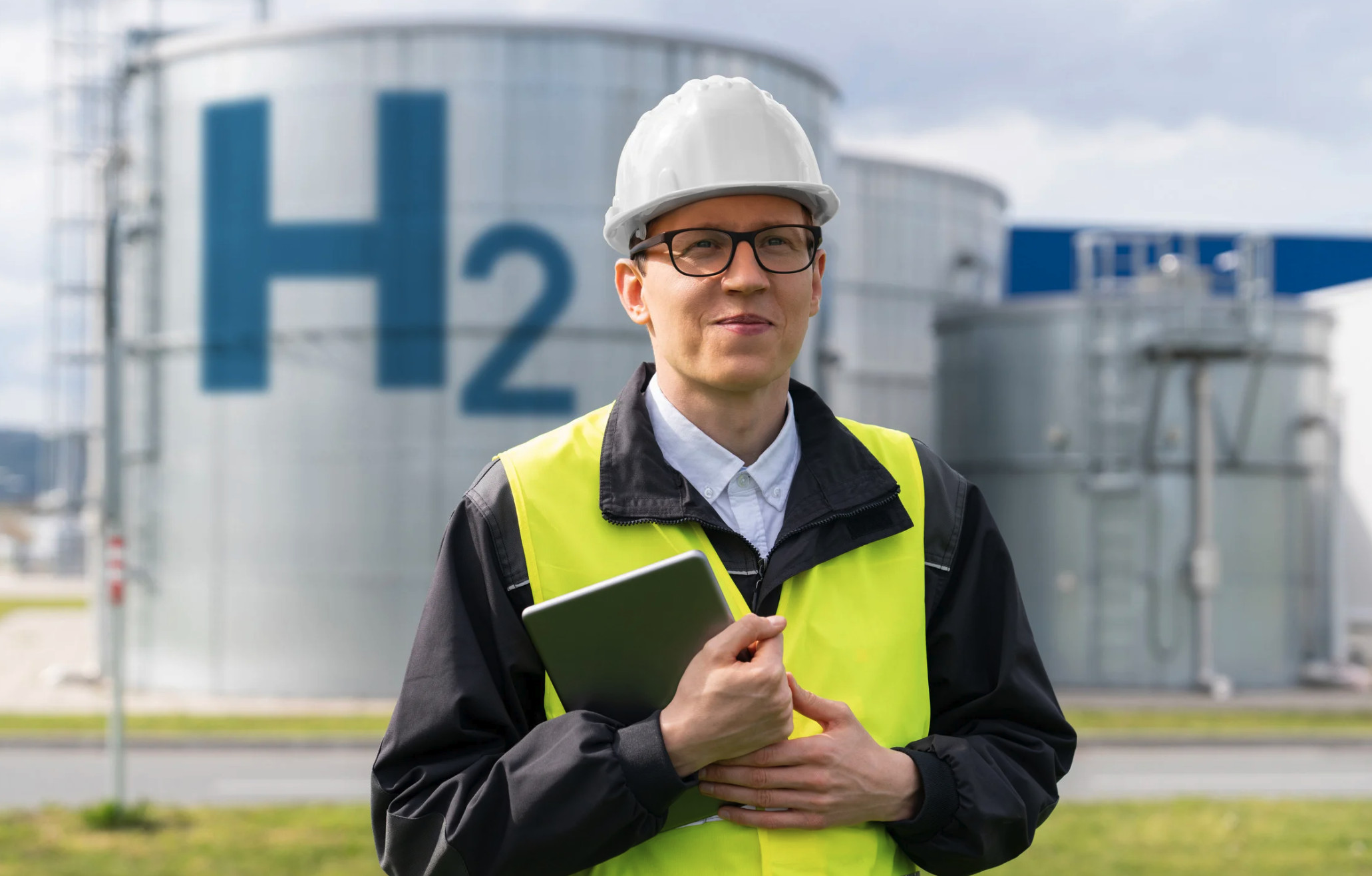Understanding the EPA’s New Methane Emission Regulations: The Role of Continuous Monitoring in Compliance and Super Emitter Event Detection
Introduction
Methane emissions have become a focal point in global environmental policy due to their significant impact on climate change. In response, the Environmental Protection Agency (EPA) has introduced stringent regulations aimed at reducing methane emissions, particularly from industries such as oil and gas. This article delves into these new regulations and explores how continuous monitoring systems are essential for compliance and the detection of super emitter events.
The Importance of Methane Regulation
Methane (CH4) is a potent greenhouse gas, with a global warming potential significantly higher than carbon dioxide (CO2) over a 20-year period. Reducing methane emissions is crucial for mitigating climate change and achieving global climate targets. The EPA’s new regulations underscore the importance of monitoring and controlling methane emissions from industrial sources, emphasizing transparency, accountability, and technological innovation.
Overview of the EPA’s New Regulations
The EPA’s new regulations mandate stricter reporting requirements and lower permissible emission thresholds for methane. Key aspects of these regulations include:
- Enhanced Leak Detection and Repair (LDAR) Programs: Companies must implement more frequent and rigorous LDAR programs to identify and fix methane leaks promptly.
- Emissions Reporting: More comprehensive reporting requirements ensure accurate tracking and documentation of methane emissions.
- Super Emitter Event Detection: Specific provisions target super emitters—facilities or equipment that release disproportionately large amounts of methane.
Role of Continuous Monitoring
Continuous monitoring systems play a pivotal role in meeting the EPA’s regulatory requirements. These systems provide real-time data on methane emissions, allowing for immediate detection and response to leaks and other emission events.
- Real-Time Data Collection: Continuous monitoring systems, such as those using advanced sensor technology, offer real-time data on methane concentrations. This enables companies to detect and address leaks swiftly, minimizing environmental impact and regulatory penalties.
- Improved Accuracy and Reliability: Unlike periodic manual inspections, continuous monitoring provides consistent and reliable data. This improves the accuracy of emissions reporting and helps identify trends and patterns in methane emissions.
- Automated Alerts and Responses: Many continuous monitoring systems are equipped with automated alert features. When methane levels exceed predefined thresholds, these systems can trigger immediate notifications, allowing for prompt corrective actions.
- Support for LDAR Programs: Continuous monitoring complements LDAR programs by providing ongoing surveillance of methane emissions. This supports more effective leak detection and repair efforts, ensuring compliance with regulatory standards.
Detecting Super Emitter Events
Super emitter events pose significant challenges due to their high emission rates. Continuous monitoring systems are particularly valuable in detecting these events, as they can capture sudden spikes in methane levels that might be missed during periodic inspections. The ability to detect and respond to super emitter events promptly helps mitigate their impact and ensures adherence to EPA regulations.
Case Study: Successful Implementation of Continuous Monitoring
A case study of an oil and gas company implementing continuous monitoring systems demonstrates the benefits of this technology. By integrating advanced methane sensors and real-time data analytics, the company achieved:
- Significant Reduction in Emissions: Continuous monitoring led to a 30% reduction in methane emissions within the first year.
- Enhanced Regulatory Compliance: Improved accuracy in emissions reporting and timely response to leaks ensured full compliance with EPA regulations.
- Cost Savings: Early detection and repair of leaks minimized product loss and reduced regulatory fines, resulting in substantial cost savings.
Conclusion
The EPA’s new methane emission regulations mark a critical step towards mitigating climate change and promoting environmental sustainability. Continuous monitoring systems are essential tools for ensuring compliance with these regulations, offering real-time data, improved accuracy, and effective detection of super emitter events. By adopting these technologies, industries can not only meet regulatory requirements but also contribute to global efforts in reducing greenhouse gas emissions and protecting the planet.









